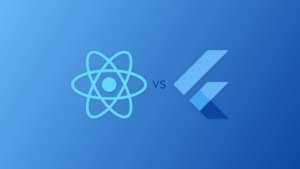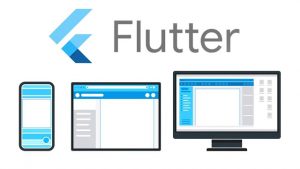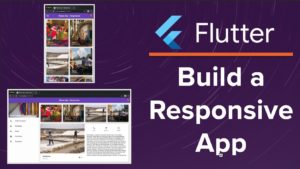How to Create a RESTful API For Your Mobile App!
Hey guys… I am back!
Did you see my last blog on some tips to learn coding in 30 days? Well, you must! If you haven’t! Because, it will definitely help you out in planning & strategizing your coding sessions timely & precisely in 30 days.
Moving on!
Today, I would like to talk about creating API. Although, I have already discussed about APIs in the past, but today it is not just that, but also about how can you create Restful API for your own mobile app!
And guys, since it is quite a lengthy subject and I didn’t want to miss out any important insight hence, I have divided this blog in three parts. And this is Part 1 of API diaries, where I am going to introduce to all of you about APIs and RESTful APIs.
So, finally you designed your mobile app.
Compliments. I know how long you have been on a ride, since I was in your shoes before. You should be proud of that achievement.
And now, you have to decide how your app can connect to a server. As it is known that in general apps need to connect to the Internet to work properly. So, APIs are an alternative for the contact with the backend.
But, if you don’t have a lot of experience creating APIs or other web services, it may sound like a very challenging task. That’s why I had this guide made.
What is a RESTful API?
Lemme just revise the basics for you. API stands for “application program interface” which allows developers to access another party’s platform or application.
Now, RESTful API or REST (Representational State Transfer) APIs are designed to take benefits from the existing protocols. Here, the developers won’t be needing to install any library or additional software.
It is a software architectural style that defines a set of constraints to be used for creating Web services. RESTful Web services provide interoperability between computer systems on the internet.
A RESTful API has some exclusive features than any other API –
- RESTful APIs are cacheable. That means the client has the ability to store all the answers inside a cache. As a consequence, the efficiency of the API is increased.
- No data is stored on server when request transfers are processed. Instead, the data is stateless. It means that the session is saved at the end of the request.
- RESTful APIs are usually referred to as RESTful web services because they follow HTTP protocols and REST concepts.
- It essentially uses various tools with HTTP methods and then becomes described in a common format usually XML. For legitimate Internet media forms, it works as long as the hypertext is ordinary.
Here’s a visual representation of some examples.

Some examples of RESTful API response formats include:
- JSON
- REST
- XML-RPC
- PHP
- SOAP
Furthermore, a few popular request formats for RESTful APIs are:
- XML-RPC
- REST
- SOAP
- The RESTful APIs boost mobile apps spread over the Internet. The systems are becoming more flexible and it’s also easier to change.
- Ultimately, a RESTful API would make your app more stable, accessible, usable, and easier.
Guys… We aren’t done here! I will talk more about APIs. As, I have to guide you about API as a pro! So, stick with us till my next blog on API.
C Ya!



